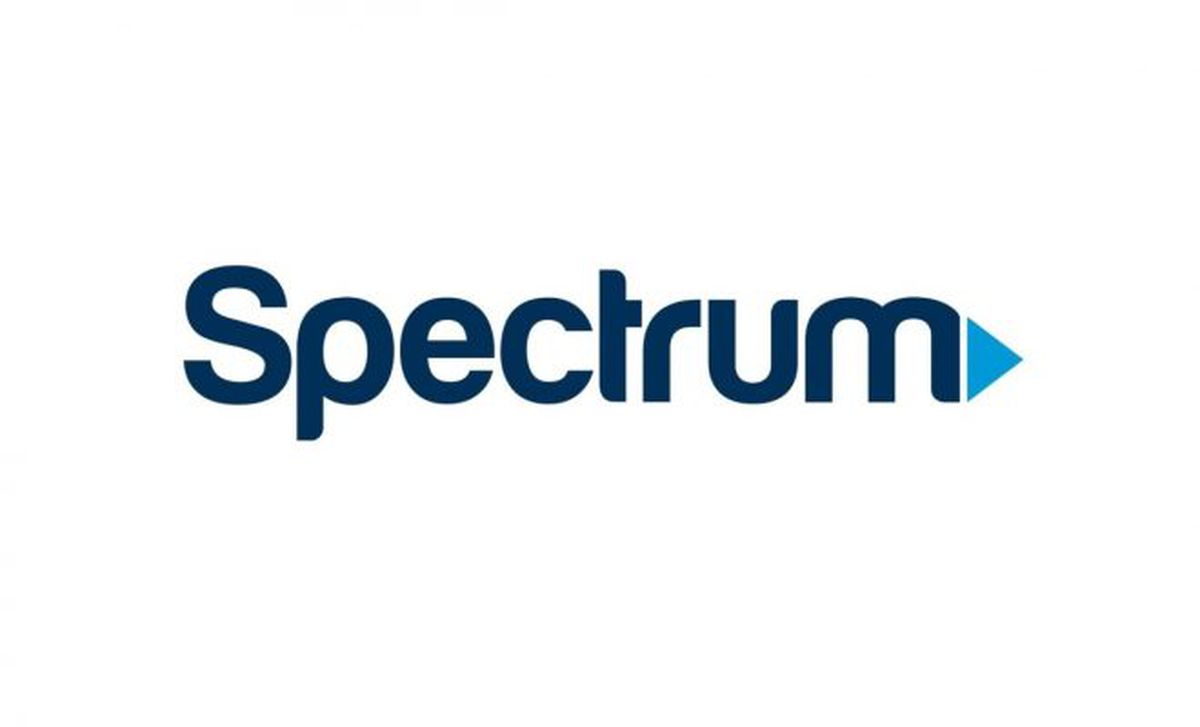Are cable TV company’s natural monopolies?

In the majority of the cities of America, cable companies have a broadband monopoly. Factually speaking, there are no legal monopolies when it comes to cable companies in the US. However, there can be a natural monopoly taking place anywhere – which is most often situational. The cable service providing companies eventually became monopolies but that also doesn’t seem deliberate because there are various factors involved when cable services are provided in one area. The entire infrastructure, and how the cable wires going to reach the potential customers there, to begin with.
There still are leading providers in the market that have their footmark in over 40 states, namely Spectrum and Xfinity. Both the providers have gradually elevated their game to the next level by launching their streaming services. While Xfinity brought the Xfinity TV app for its customers, Spectrum also came forward and launched the Spectrum TV app. These streaming apps are available for their existing customers only who can watch the content where they left, even when they stepped out of their house. These apps are exactly like the other leading apps in the market nowadays providing all the channels in it the customers signed up for–provided they are connected to a steady internet connection throughout.
Speaking of cable TV monopolies, whether that exists deliberately or appear naturally.
The FCC (Federal Communications Commission) has implemented a 30% horizontal ownership restriction. The core aim of this cap is to prevent the coalition of cable franchises under multi-system operators (MSOs). FCC faced backlash because of this practice as well, as it was sued by one of the leading telecom companies. Along with cable over producers (contesting against incumbent MSOs, telecom companies, and some others) like RCN and WOW–however not every group will persuade consumers that they will provide an indistinguishable service through another cable operator (considering ROI is good enough to pay for it)
Cable operators commenced by putting forward one service – Cable TV service – and later on, added internet and voice services to the list, however, the latter two majorly rely on low-latency fiber links that require huge capital investment to function. These field-deployed resources are costly to generate barriers to entry in the market – only if an ISP continues to provide services similarly. Fixed wireless ISPs can continue to contest to grab market share of the same households, with the availability of better capital investments.
The top competitor of cable operators amid the suppliers of urban Internet connection and wireline pay-tv services is the local exchange carrier (ILEC) providing DSL, secure wireless, or fiber-established Internet. For years, ILECs have secured the Universal Service Fund and Connect America Fund to increase service possibilities in non-urban areas and collect toll-style rates from extended-distance telephony suppliers for services such as inter-exchange shifting. For the time being, cable operators have to rely on the demand to survive in the market and future investment return to plan whether to use resources as they did not receive these subsidies.
When a company tries to indulge in competition, they take into consideration the entire town and compete accordingly. If they cannot do so, that is when they can maintain the monopoly spot. Taking a look back at 1968, a phone company provided phone service, while the cable company provided TV services.
In the current age, cable companies provide internet and cable while cable and phone companies also provide internet and cable. Moreover, there is the availability of satellite providers that will provide you similar services as well. However, satellite services are more relevant and commonly used in areas where cable services have not been reached yet. Therefore, with the presence of a monopoly on cable TV or phone service, your bill is bound to rise.
Conclusive notes
As the basic comprehension and definition of monopoly state that monopoly is the absence of competition, one provider making its rules and prices because the customers do not have any other option. As we discussed in the aforementioned article, and the title of the article also suggests the same but inquisitively about the natural monopoly. The answer to the query of whether there is a natural monopoly amongst the cable TV providers or not would be yes. Why? Because at some locations cable services have still not reached, and lack of providers organically bring monopoly in the picture.




